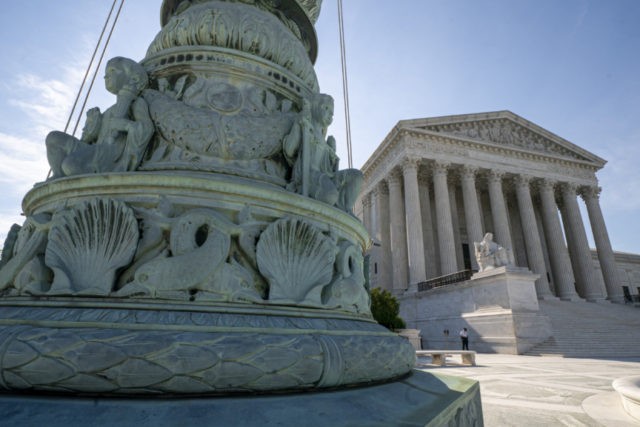WASHINGTON (AP) — The Latest on the Supreme Court’s final day before its summer break (all times local):
10:45 a.m.
The Supreme Court is forbidding President Donald Trump’s administration from adding a citizenship question to the 2020 census for now. The court says the Trump administration’s explanation for wanting to add the question was “more of a distraction” than an explanation.
It’s unclear whether the administration would have time to provide a fuller account. Census forms are supposed to be printed beginning next week.
The court ruled 5-4 on Thursday, with Chief Justice John Roberts joining the four liberals in the relevant part of the outcome.
A lower court found the administration violated federal law in the way it tried to add a question broadly asking about citizenship for the first time since 1950.
The Census Bureau’s own experts have predicted that millions of Hispanics and immigrants would go uncounted if the census asked everyone if he or she is an American citizen.
___
10:10 a.m.
The Supreme Court says federal courts have no role to play in policing political districts drawn for partisan gain. The decision could embolden political line-drawing for partisan gain when state lawmakers undertake the next round of redistricting following the 2020 census.
The justices said by a 5-4 vote Thursday that claims of partisan gerrymandering do not belong in federal court. The court’s conservative, Republican-appointed majority says that voters and elected officials should be the arbiters of what is a political dispute.
The court rejected challenges to Republican-drawn congressional districts in North Carolina and a Democratic district in Maryland.
___
12:30 a.m.
Two issues that could determine the distribution of political power for the next decade await resolution on the Supreme Court’s final day of decisions before a long summer break.
Chief Justice John Roberts could well be the author of decisions on both politically charged topics Thursday, whether to allow a citizenship question on the 2020 census and place limits on drawing electoral districts for partisan gain. The census results and the rules by which political districts will be redrawn following the next population count help determine how districts are drawn and where.
Decisions in those cases, which pit five conservative justices appointed by Republican presidents against four liberals appointed by Democrats, could amplify criticism of the court as a political institution, despite Roberts’ repeated efforts to combat that perception.

COMMENTS
Please let us know if you're having issues with commenting.